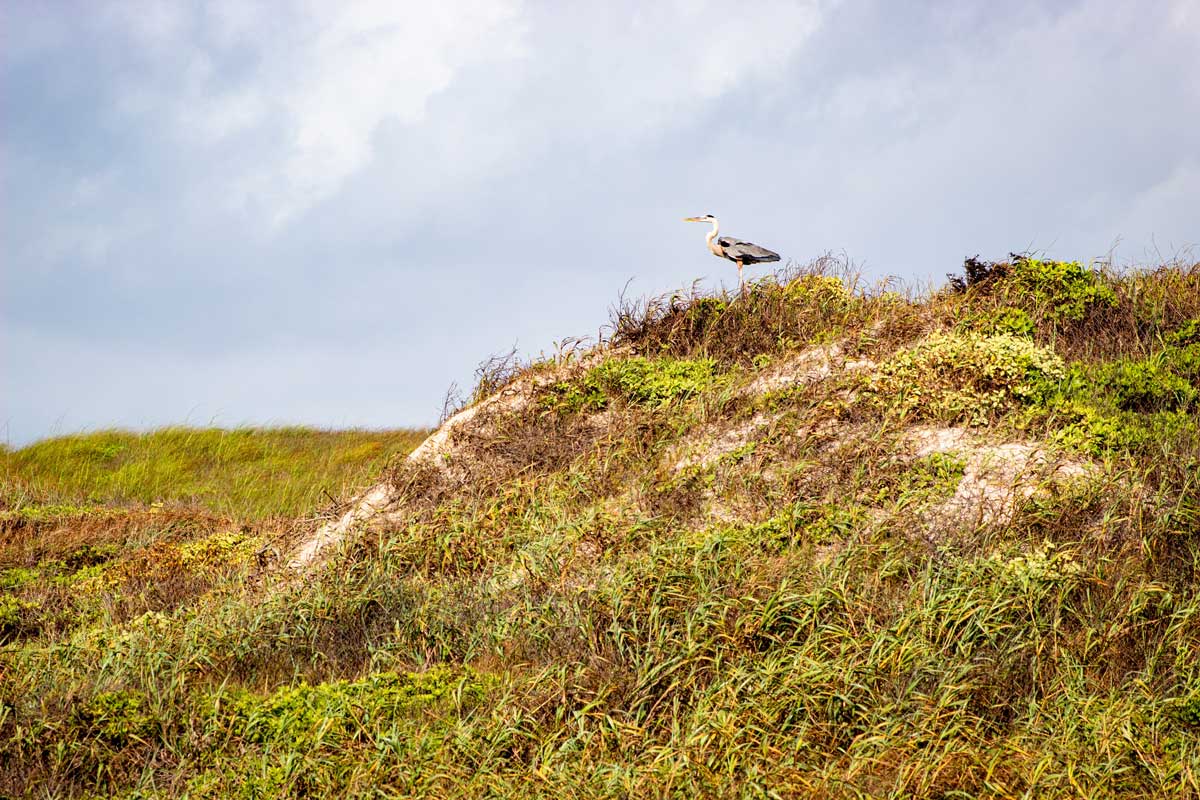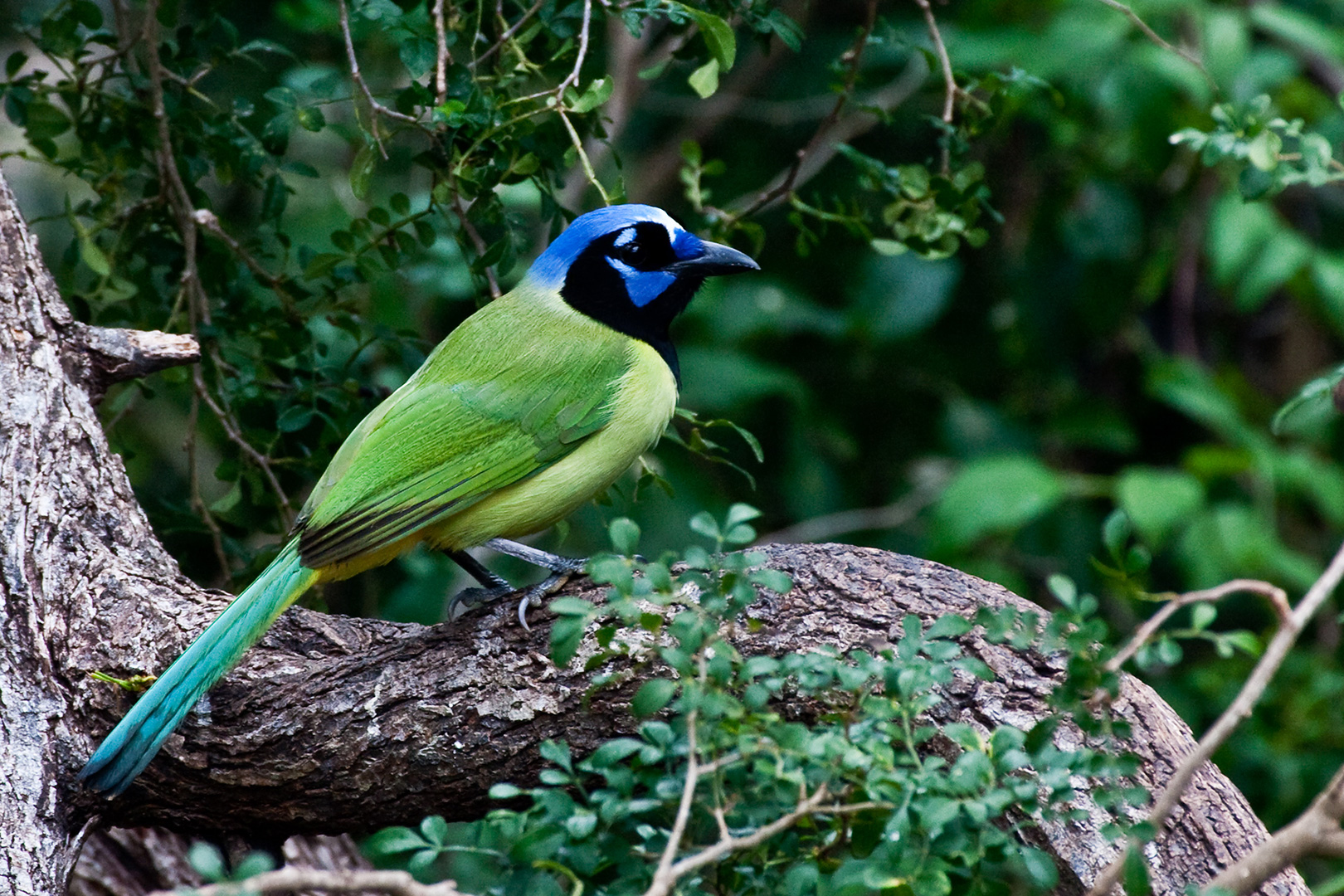Visit Texas
A World-Class Birding Destination
Because of the diversity of Texas bird habitats, climate, and geography, the state offers the richest terrestrial birding in the United States. Plan your trip to Texas today through Texas Birding!
Texas Offers Birders the Richest Terrestrial Birding in United States
If you are a birder, there is no better destination than Texas. Our state offers birders the richest terrestrial birding in the United States, with some 640 species supported by its diverse habitats. Did you know that around 67% of U.S. bird species interact in various ways with the Texas Coast? Because our state offers habitats ranging from freshwater bayous to desert, a wide range of bird species are able to chirp, squawk, flutter, fly and thrive. Enjoy a thrilling, unique birding experience you won’t find anywhere else—Texas offers bird-watching opportunities that can’t be beat for birders traveling alone, in groups, and through tour companies.
Birding Regions
Southeast Texas experiences an average rainfall of 60 inches per year, with lakes drained by freshwater bayous surrounded by tall piney woods. This climate supports a rich assortment of woodland bird species.
Driving 360 miles south of Southeast Texas along the humid Gulf Coast on barrier islands and past wetlands and salt grass plains, one encounters rich wetland birdlife, and at the Coastal Bend one can find wintering Whooping Cranes.
As one approaches the Rio Grande floodplain, the habitat transitions from isolated Oak Clusters amongst Mesquite and grassy meadows, to semi-tropical thorny Brushlands, and eventually becoming a remnant ribbon of Riparian Forest along the winding river. Rainfall declines to 22 inches per year, and weather warms up to a semi-tropical climate with warm winters.
Driving 140 miles west from the ocean through the Rio Grande’s irrigated floodplain and into the hilly uplands, one encounters the most biologically diverse habitat in U.S., with tropical birds and butterflies, including 530 bird species along the Mexico border.
Continuing west along the Rio Grande 780 miles to El Paso, passing Falcon Dam, Laredo, Lake Amistad, limestone hills, and past the Davis Mountains and Big Bend, the rainfall drops eventually to zero at El Paso, the habitat becomes desert, and the birds switch to U.S. western species.



